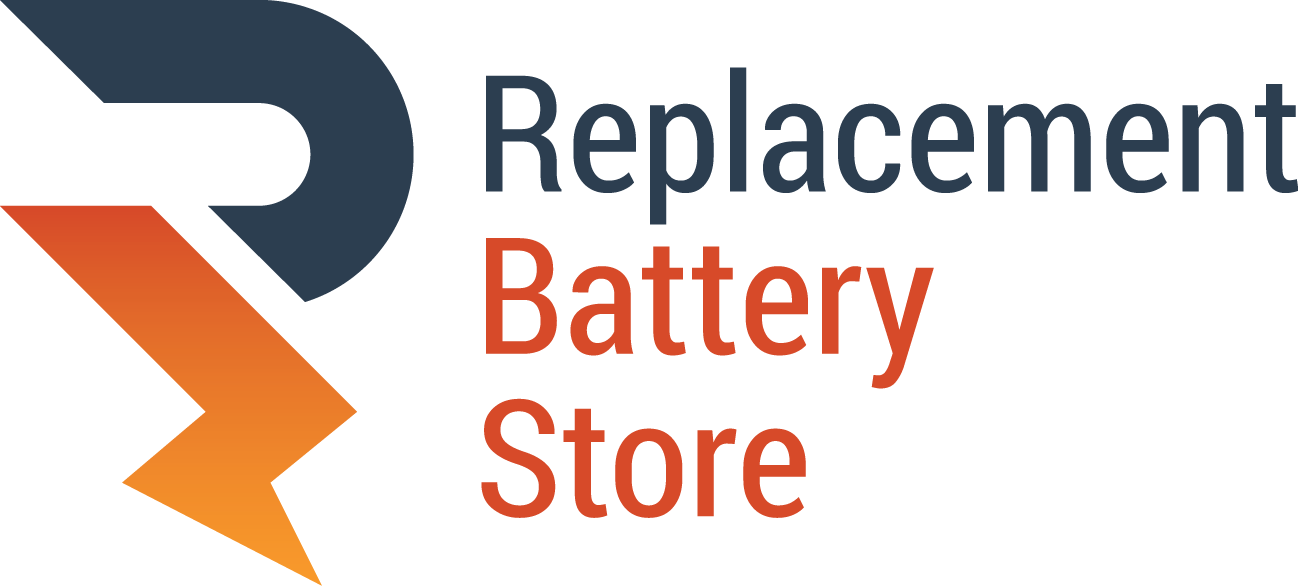What Are the Chargers for NiMH (Nickel-Metal Hydride) Batteries?
What Are the
Chargers for NiMH (Nickel-Metal Hydride) Batteries?
There are three main types of Ni-MH battery chargers. Manual -- slowchargers, controlled by integrated
timer; "fast"chargers and microprocessor-controlled
"ultra-fast" smartchargers.
1.Manual Slow
Chargers
These chargers use a really low current. In fact,
thesechargers need 36 hours to charge a 2000mAH Ni-MH battery. With this
type of charger, the user must manually turn them off when the charging process
is over. This implies a slight guesswork about loading time. However, they remain
cheap and efficient.
2.Controlled by
Integrated Timer "Fast" Chargers
This type of charger loads quickly for a certain time period and then they automatically switch to a mode called "trickle
charge". These “fastchargers” will charge your battery for
less than half of the aforementioned “manualchargers”. The greatest advantage is
that you don’t have to worry when to turn them off.
However, timer-controlled chargers
can’t determine your currentbattery
status - whether it is fully or partiallycharged. The charger will attempt tocharge your battery to the full extent of the time set. Please note
these chargers aren’t suitable for the so-called "refreshing
charging". However, high-quality timer-controlledchargers include sensors that stop the fastcharging process if they detect a recharge (this is called "overcharging
protection").
3.Microprocessor-Controlled "Ultra-Fast"
This ultra-fast, intelligent chargeris the latest type and is fully automated. They continuously monitor either the voltage or temperature of your batteries and are able to accurately determine when to stop the fastcharging process. Subsequently, when required it will switch to the “trickle charge” mode.
Ni-MH batteries in any condition can be fullycharged for less than 3 hours without the risk ofrecharging. The bestchargers in this class independently monitor andcharge each cell (this is also called "individual observation").
Which Charger Do I Need?
Manual - slow
chargers are cheap and efficient, but charging
times are long and imply guesswork. However, if you don’t find it necessary
for yourNi-MH batteries to be fully charged at all times, this slow charger type is a suitable choice for you.
Controlled by integrated timer "fast" chargershave some level of automation. But they are not suitable for a "refreshing charging" because the timer will charge them for the optimum time. However, most consumers prefer to use theirNi-MH batteries instead of scrapping or replacing them with new ones instead. Refreshingcharge is only needed when you want yourbatteries to reach their peak capacity. Hence, a high-quality, timer-controlledcharger is appropriate and is excellent for the price.
If you want to be sure that your batteries
have maximum capacity, a microprocessor charger with delta V or delta T control
is the solution. The process is fully automated, and thebatteries can be refreshed.This
is the onlycharger that delivers
battery power to its maximum power.
I already have a manual
charger for Ni-MH batteries - is it suitable for 2200mAh rechargeable
batteries?
It is appropriate though you need to
set the charging time for 2200mAh by
adding 20% to the normalcharging time
of 1800mAh batteries (Add 10% for 2000mAhbatteries).
How long do I need to
charge N-MH batteries in my handheld charger?
Always follow the instructions for your charger.
The disadvantage is that you have to manually calculate the approximate
charging. It is calculated by dividing the battery capacity of the charging
current, i.e. 1600mAh battery charged with 160 mA current will take 10 hours. Many
experts recommend adding more time (up to 40%) to makecharging effective, but this is true if thebattery is completely discharged. It is recommended that you discharge thebatteries before charging them, so you don’trecharge them. The alternative is to invest in an automaticcharger.
Note: Don’t charge different capacitybatteries in the manualcharger, as there is a risk ofrecharging thebattery with a lower capacity.
What does
"delta V” control mean?
Delta V Control is an advanced method for detecting
fullycharged Ni-MH batteries. By
continuously monitoring the battery voltage while charging, the delta Vcontrolled chargers can accurately detects when to stop
thecharging process and to switch to tricklecharging. Due to their refinement,
the delta V (and delta T)controlled
chargers are able to refresh partially dilutedbatteries without the risk ofovercharging.
Full microprocessor control is required.
What does
"delta T” control mean?
This is the alternative to delta V control. When fully chargedNi-MH,batteries heat up faster.Chargers that usedelta T control and monitorbattery temperature, determine when to stop thecharging process before significant
temperature changes begin to take place. Full microprocessor control is required.
Contact Us
Follow us on:
for daily company articles and info!








